The iPhone is not as expensive as you think
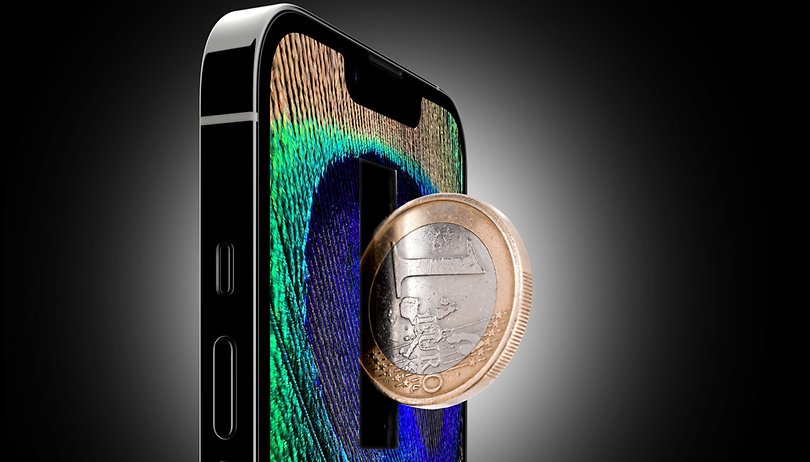

Yes, a new iPhone 13 is obscenely expensive, whether it is a mini, vanilla model, a Pro, or the Pro Max. But there are factors that one should take into consideration before complaining about the price, as this fresh perspective will hopefully point you to the fact that at the end of it all, the iPhone 13 Pro doesn't cost more than a mid-range Android smartphone. "Wait a minute", you say, "Have they lost it at NextPit?" Check our math out and find out.
The most important point in all price discussions is actually not the purchase price at all. As we mentioned: Of course, the price is an initial deterrent for anyone to fork out more than $1,000 for a smartphone. But the more pressing question is: What do I actually get for my money? And for how long?
Effective price ≠ purchase price
Despite all the recently improved software update promises by Samsung and other Android manufacturers, iPhones continue to receive software updates for the longest period among all other smartphones. In addition to the build quality, brand name, and a long-term stable selling price, this is probably an important point to consider when it comes to the resale value of iPhones which is significantly higher than that of the competition.

Smartphone retailer BankMyCell, for example, has presented statistics on this matter. According to their statistics, those who bought their Galaxy S20 Ultra upon its launch at the recommended retail price will only receive 35.29% of the price they paid for it nine months down the road, selling it as a used handset. In the case of the iPhone 11 Pro Max, it retained 67.78% of its purchase price within the same time period. You can check out the details below for yourself.
- iPhone 11 Pro Max
- Introductory price: $1,099.
- Value after nine months: $744.90.
- Effective cost: $354.10.
- Samsung Galaxy S20 Ultra
- Introductory price: $1,399.
- Value after nine months: $493.70.
- Effective cost: $905.30.
Of course, this is just an example, and depending on when you sell it, this comparison may tip more one way or the other. Also, Android smartphones are less stable in terms of prices when it comes to new purchases compared to iPhones, so you can save even more by being a little bit patient. Here's a quick example with prices as of 21 September 2021, each determined via price comparison at reputable online stores for the smallest storage version:
- iPhone 12 Pro Max
- Introductory price: $1,099.
- Price in September 2021: $999.
- Savings: $100.
- Samsung Galaxy Note 20 Ultra
- Introductory price: $1,299.
- Price in September 2021: $674.99.
- Savings: $624.01.
If you wait long enough, you can also save more money. However, the faster price drop for Android smartphones do not make up for the sinking resale value by far. If you were to compare the effective cost of the top iPhone with the entire Android lineup, you do not end up in the S-Ultra bracket, but rather, in the upper mid-range segment of around $600.
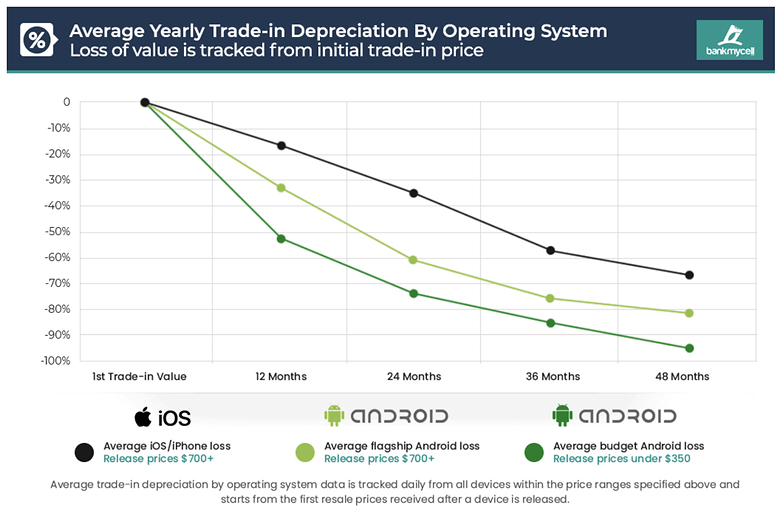
Incidentally, the worst performer out of the iPhone lineup, according to BankMyCell, is the iPhone SE (2020). It lost 38.32% in value within eight months of its launch. By the way, our colleague Antoine has dealt in detail with how and where you can best sell your old iPhone:
Price comparison is the second factor
Ben had brought me with a thought experiment still on an alternative way of looking at it. What if I don't want to sell or discard my smartphone, but use it until it dies? I could theoretically buy an iPhone 13 for $799 and probably use it for six years with the number of operating system updates it receives.
Or I could buy three Android smartphones for $300 each during the same period. A current example would be the Redmi Note 10 Pro which is already really very well-equipped with plenty of megapixels in its camera and fast charging capability, what more compared to the iPhone 13 in the years to come. However, Apple continues to roll out iOS updates for a long time, making sure older iPhones are supported.
- 7 features in f iOS 15 your old iPhone won't receive
- Everything you ever wanted to know about iOS 15 (and more)
And let's not forget: You'll "consume" three phones within the same period of time, having accumulated triple the manufacturing, packaging, and transportation costs on your carbon footprint account. But we'll revisit the topic of sustainability in a moment.
Of course, a four-digit price tag sounds like a lot. But there is also the possibility to finance the iPhone or to purchase it via a service provider on a contract. How much do you have to pay once or monthly for which iPhone 13 model? Talk to your local service provider to find out.
What is the reason for a low price?
Even if the effective cost is lower overall, there is still the question of how the lower price is achieved, apart from, of course, fewer or worse features. This could be, for instance, a liberal amount of advertising in the operating system, lack of data security, or selling your user data. But social or ecological effects also play a role.
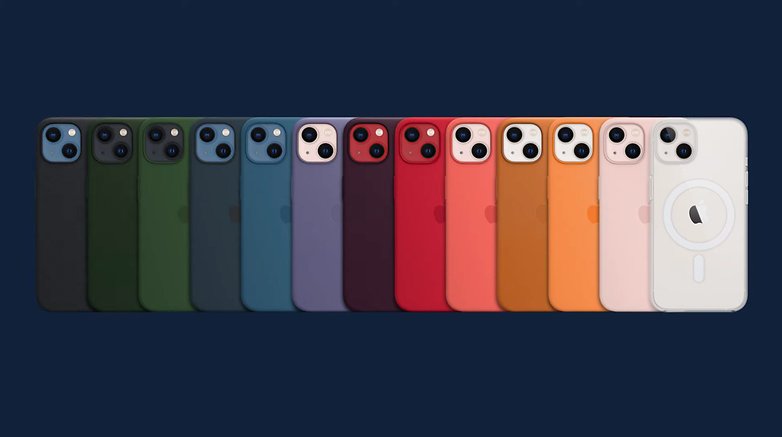
Privacy & data security
"How secure is my data?" is a legitimate question in light of ever new data breaches and spying scandals. Even the security experts at Norton cannot give a clear answer to the question of whether iOS or Android is better, especially since user behavior itself also plays an important role. What is certain, however, is that manufacturers like Apple (especially since iOS 14.5) and Samsung (with Knox) do more for data security than others.
Advertising in the interface
Another trend in recent years is the cross-financing of hardware by displaying advertising in the user interface or in their own apps. So if you were to buy a cheap smartphone, you might have to put up with this annoyance. At least some manufacturers are now backing down, such as Samsung. Other manufacturers also have ads of their own, so here's how you can remove them on Xiaomi handsets.
Working conditions
There is no question about it: Apple's production line is in the Far East, and there have been horrendous reports about the working conditions at Foxconn, Pegatron, and similar places in the past. However, you have to give Apple credit for at least being committed to rectify the issue. Apple publishes an annual progress report (2021, PDF) regarding working conditions of its suppliers. Of course, there's a lot of PR involved here, but at least there is a commitment.
Environmental Protection
Apple has announced in 2019 that it intends to be carbon-neutral. However, this only affects Apple itself, not the supply chains that are responsible for around three-quarters of an iPhone's carbon footprint. However, Apple has promised to offset this part as well by 2030, for example, through reforestation. This decade will show whether that goal will ultimately succeed or not. At the very least, there is a plan in doing so.
Conclusion: Is the iPhone better than Android?
Finally, then, this is a very loaded question. But don't get me wrong: Of course, all of these points don't apply across the board for all Android manufacturers. Apple is by no means a saint, and there are certainly Android manufacturers that are better off on one or more of the above points. But for the most part, if the product is too cheap, people will pay in other ways. In other words, someone will still need to pay.
Whether the iPhone is the better smartphone, only you can answer that for yourself. Of course, you're welcome to discuss it in the comments. In any case, iPhones are not the most expensive smartphones overall.







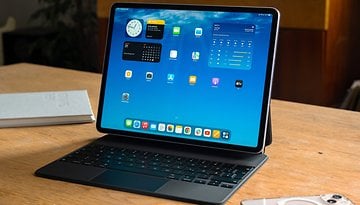
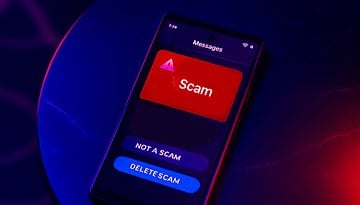
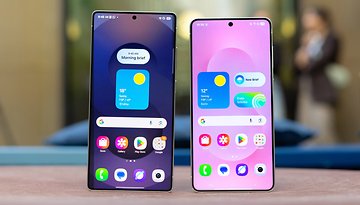
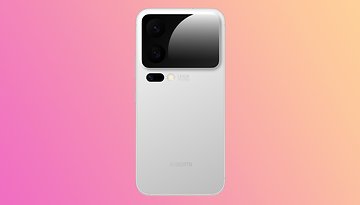
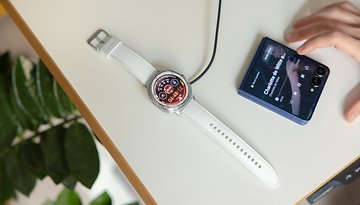
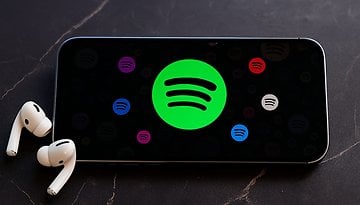
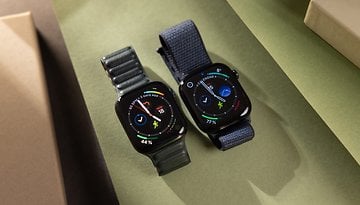
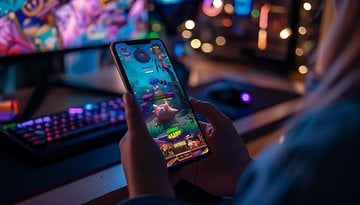

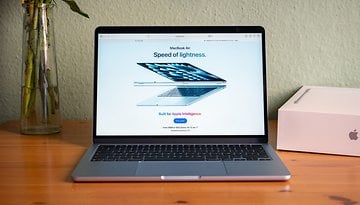
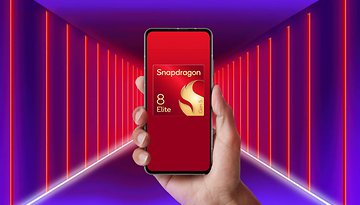


Absolute Garbage article. How much Apple paid?
I don't know what your you've been smoking saying the the iPhone 13 is the price as android midrange phones everybody knows iPhone hardware is more expensive you drop your phone you pay more
It is quite true that the price of an iPhone decreases less over time, which demonstrates good product quality. And even though the purchase price may seem high to begin with, the value is maintained for much longer, which also demonstrates good product quality. However, Android phones are much better known and appreciated, especially for the incomparably higher number of applications. Let's not forget another aspect, perhaps more important than the number of applications: the stability and security of the operating system. And in this case it is obvious who is the champion (!).
Even so, I personally still have an Android phone. Still... :)
Hell since I paid 2 arms and a leg for my N20 ultra 512gb, I'm gana keep this bad boy till the. you know wht freezes over, this is out of control these phones are not cheap do think I'm going to buy the next I candy as they come out, well. Not anymore well, I hope and prey
I don't think your calculus applies as much as you think. Most people don't resell their phones. They keep them for backup, give them to their kids, grandkids and so on. Yes, there is still a value there, though not so directly calculable.
You need to quantify how many phones make it to the sale side of things compared to sold new to see how relevant your argument is.
Further, while long update support is good, the phone is essentially disposable, not repairable. So the battery will be the limiting factor in it's functional life, assuming the front/back don't become unusable from breakage before then. This is probably 3 years average. As an outlier, my daughter just recently gave up her Moto G 5 she got new so mid-range Androids can last a long while too.
Considering that I can make all those same cost arguments for an inexpensive android phone--assuming root and ROM support is available for longer term support--though 3 years security updates is becoming the norm. Then the cost argument still favors android. Especially so in the mid-range tiers.
the current iPhone range is more than respectable enough, with Apple supporting its phones for a long time. Older models remain a viable option for quite a while, so there's a surprisingly large number of great iPhones to choose from